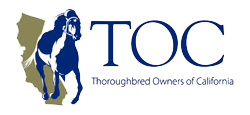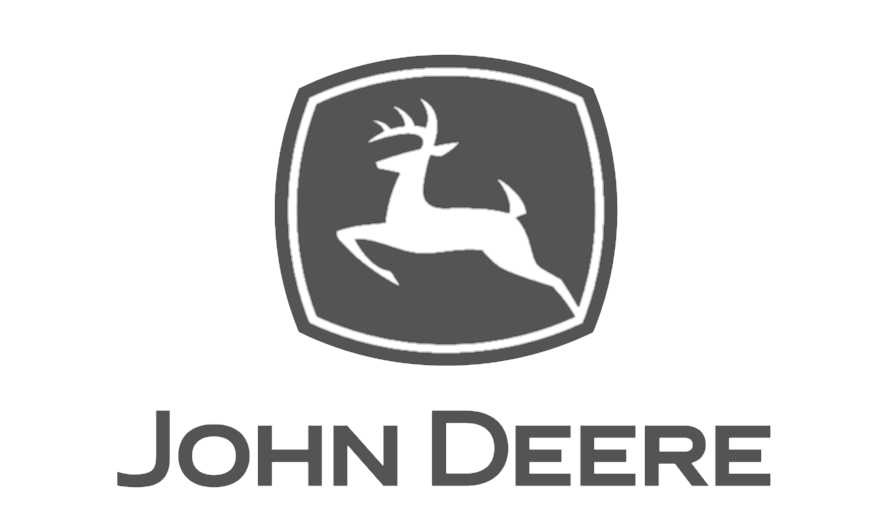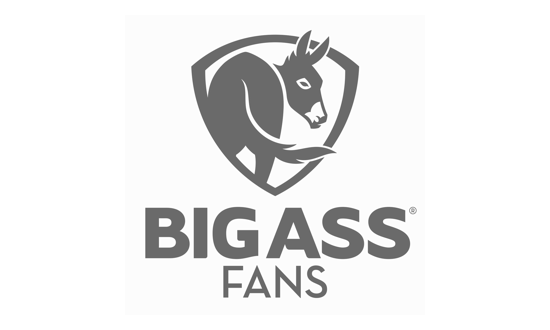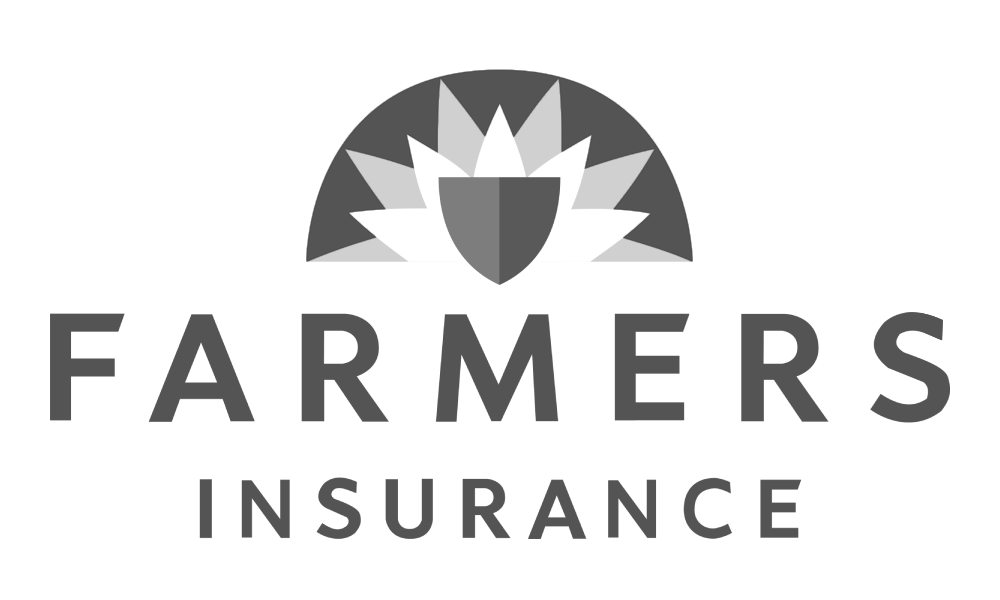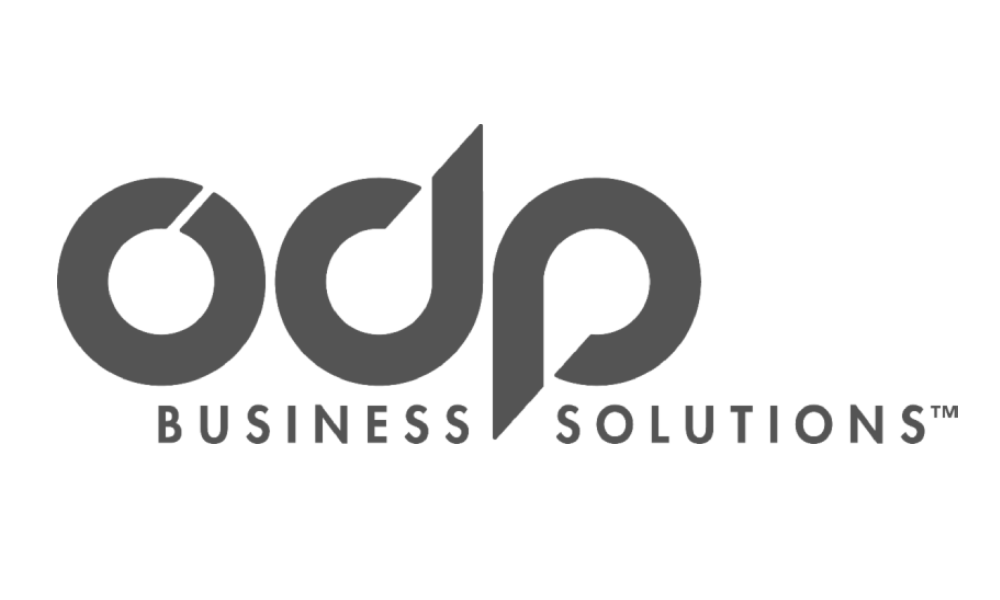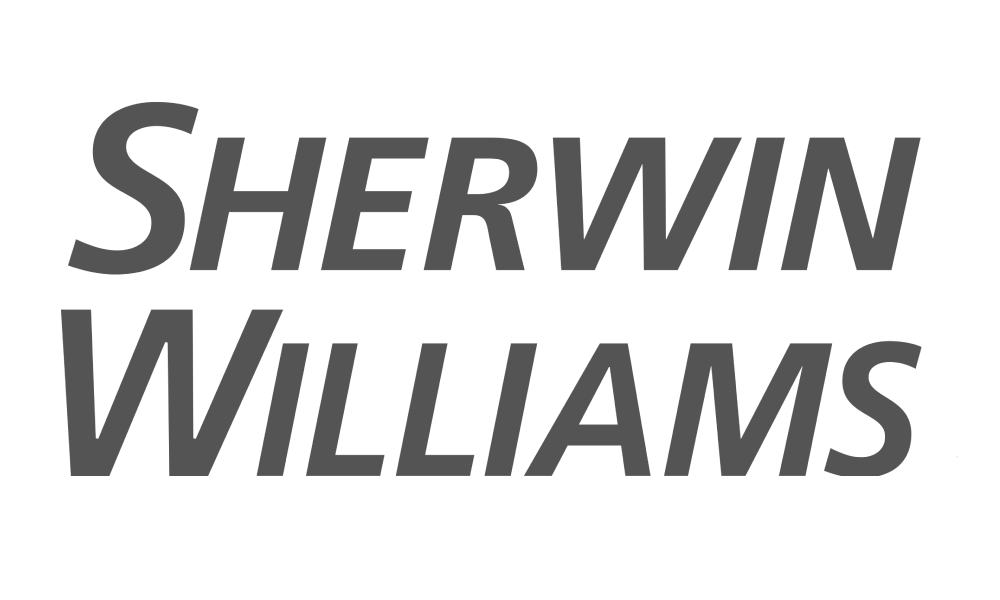By Wes Champagne
A farrier’s job involves much more than simply nailing shoes onto a horse’s foot. A horse’s foot must be properly shaped, trimmed, and generally cared for in order to help him perform up to his full potential. Thus, a farrier’s responsibilities include correctly balancing a horse’s hoof and properly fitting him with the shoes that best fit his needs.
Quality farrier work is essential to the health and success of every racehorse. Proper horseshoeing requires a close observation of the individual horse and the skillful recognition of the best type of shoe to be applied that will allow the horse to attain his best performance.
Balance is Essential
A properly balanced hoof will evenly distribute the impact of the horse’s weight without causing undue stress. For a foot to be balanced, the column of bones of the leg, pastern, and foot should be in a straight line when viewed from the front and be at a 90-degree angle to the weight-bearing surface of the wall. When viewed from the side, the foot is in balance if the median axis of the pastern coincides with the axis of the foot, and is parallel to the hoof wall at the toe.
In achieving balance, it is important that a horse be observed while in motion. The feet should hit the ground flat, with the angel of the hoof and pastern in alignment. Like their human counterparts, horses’ old shoes should be checked for wear patterns. “Wear” in this sense is a very useful tool in determining proper balance.
Serious problems can develop when out of balance conditions occur. For example, if a horse’s toe is not properly trimmed, i.e. left too long, increased leverage occurs due to the delayed break over of the hoof. This delay in turn causes increased stress in the horse’s knees. This stress in the knee may be corrected by trimming the toe and leaving more heel.
Proper Fit
“Proper fit” means that the shoe must be formed to the shape of the foot, and must be concave so as to not cause pressure on the sole. The shoe must be level so that resistance between the hoof and the shoe is eliminated. If there is a “toe grab” on the shoe, the toe grab should be exactly centered with the apex of the frog. It is important to remember that toe grabs that are not properly aligned can cause check ligament injuries as the foot is forced to break over unnaturally.
A shoe also needs to be full in the heel area, meaning hat a small amount of excess shoe should be left around the heel. If this excess shoe is not left, the hoof may grow over the shoe and could cause corns or under-slung heels (extreme sloping of the heels). Under slung heels can create stress on ankles and tendons.
Additionally, it is important for protection and strength, to maintain ample sole on a horse’s foot. The bars of the heel should remain intact so as to keep the heels strong and to prevent the heel from rolling under the foot.
“Nikes” For Horses
Not all horses’ shoes are created equally, nor do they serve the same purpose. Below is a list of shoes commonly used on racehorses in training in California. Hopefully this list will provide a basic understanding of the choices available to you and your farrier.
Flat Steel Training Plates: these shoes used primarily for horses in light training.
Queens’ Plates: Aluminum, and thus, lightweight training plates with out a toe grab. Horses occasionally run in these shoes when ease in the break over of the foot is important.
Egg-Bar Shoes: Generally, these special shoes are used for horses with quarter cracks, broken coffin bones, sore or under slung heels etc. Egg-bar shoes distribute weight over a larger circumference and thus are useful whenever stability of the foot is necessary.
